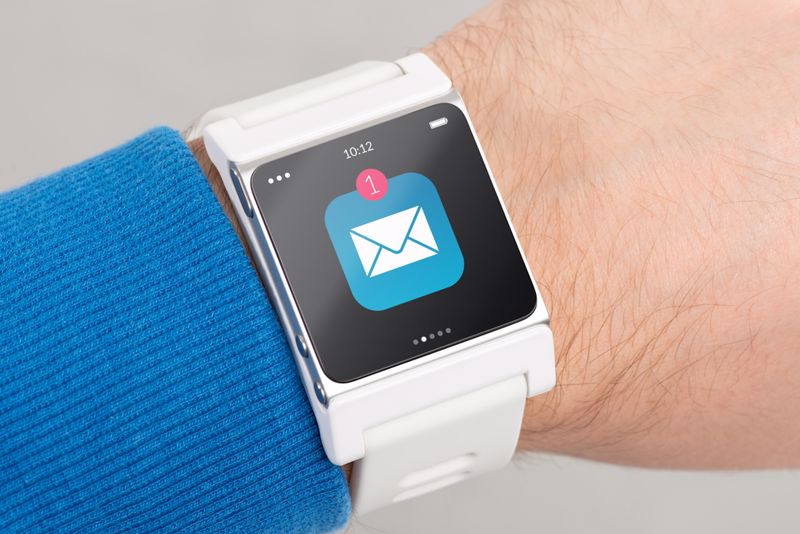
The Growth of Wearable Technology Across Industries
By Max BurkhalterJanuary 24, 2023
Wearable technology, like Google Glass, allows you to interact with your smartphone without having to touch it. This also includes smartwatches like Apple Watch that can receive notifications and more. Grandview Research estimates that the global wearable technology market size was worth USD 52.14 billion in 2021 and is projected to experience a compound annual growth rate (CAGR) of 14.9% from 2022 to 2030. The market growth is primarily attributed to the rising demand for fitness bands and smartwatches, rising demand for AR/VR headsets and more.
Like other technology, wearable devices have become increasingly sophisticated, allowing companies to take advantage of them to increase productivity and improve the customer experience.
Various industries are using wearable technology to their advantage. Let's take a closer look.

Healthcare sector:
Wearable technology can be used to track patient progress and other health data. Healthcare professionals can access this data to make decisions on patient treatment. Wearable devices can also help patients track their own health, allowing them to take control of their own treatment. Patients with chronic diseases can also use wearable devices to track their symptoms, allowing them to track trends and make necessary adjustments to their treatment. One issue that medical professionals face is that wearable technology may raise regulatory issues with regard to privacy, and data security.
Retail sector:
The retail, wholesale and e-commerce sector has already adopted wearable technology to improve customer experience and increase productivity. Retailers can use wearable devices to offer personalized shopping experiences, provide sales and inventory information and enhance customer service. A growing number of retailers are also using wearable technology to develop custom marketing campaigns. For example, Apple has previously partnered with retail giant Macy's to allow customers to scan products in-store using Apple Pay to complete their purchases. Using smartwatches to pay for purchases is expected to continue to grow as customers increasingly adopt wearable technology.
Hospitality sector:
In the travel industry, wearable technology is being used to improve hotel security and provide guests with more personalized services. For example, hotel chains such as Hilton and Marriott use smartwatch technology to allow guests to control certain aspects of their rooms, such as lighting, temperature, music and television. A smartwatch can also be used to make payments in-room or as the room key itself. A challenge with wearable technology in the hospitality industry is that many travelers are concerned about the privacy implications.
Logistics sector:
In the logistics industry, wearable technology is being used to improve the accuracy of deliveries and improve the overall efficiency of warehouses. Companies such as FedEx and UPS have used wearable technology to improve their operations. Wearable technology has also been used to help logistics employees keep up with packages and inventory. It's likely that these devices could be used to improve delivery times and reduce the number of lost packages.
The best in IoT connectivity
Perle is proud to partner with IoT device manufacturers by offering serial to ethernet solutions. To learn more about how Perle provides efficient, reliable connectivity via industrial switches and terminal servers, visit our Case Studies by Industry page.



